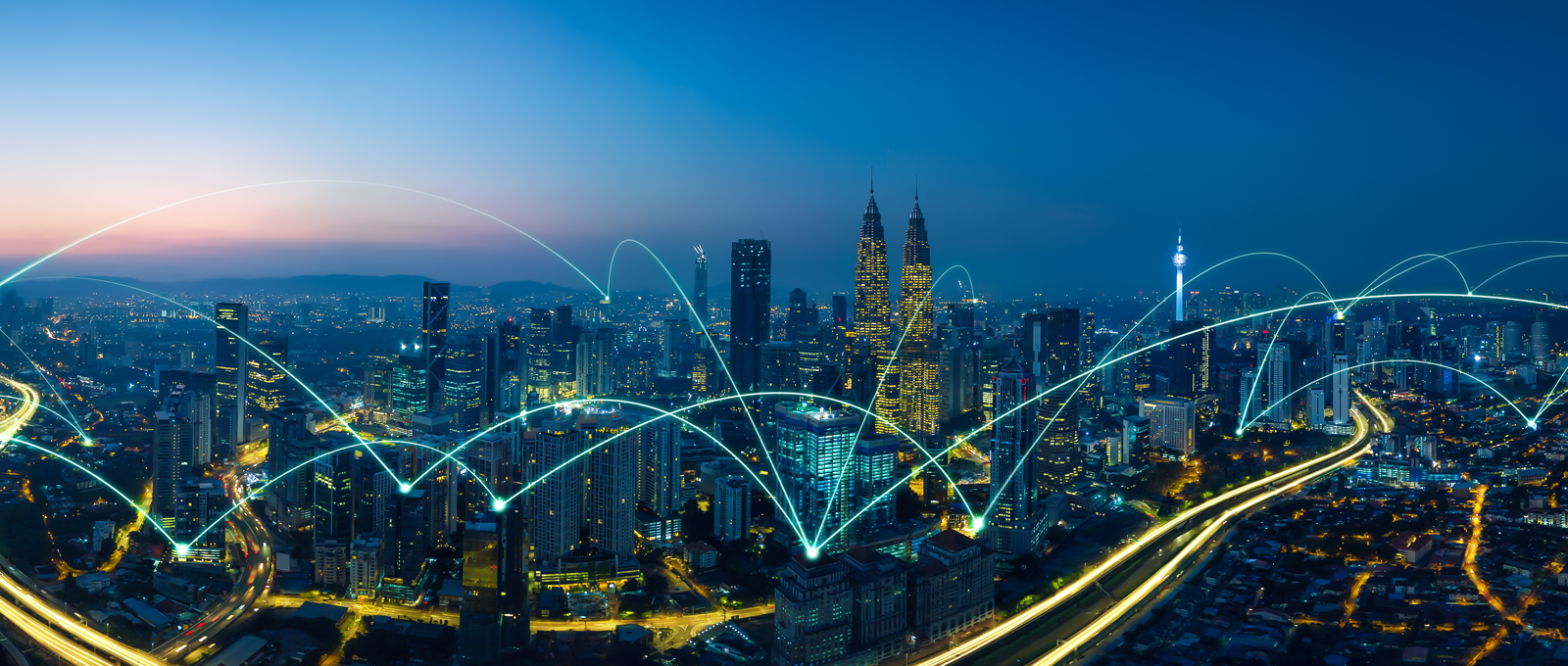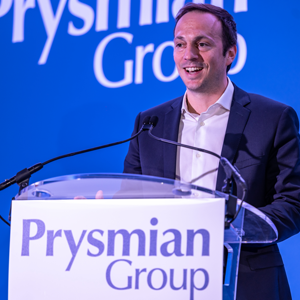Prysmian Group has seen the total value of the projects it is working on rise about fourfold over the past five years to almost €23 billion, with the number of projects increasing to about 70 from 40-50 amid global efforts to invest in large-scale renewable energy and electrification infrastructure to prepare for the green energy transition.
The size of its average and biggest projects has grown significantly, and the company now has more than 20 projects each worth over half a billion euros, compared to the two it had five years ago, and 9 are currently worth more than €1 billion, according to Prysmian’s Head of Project Management, Riccardo Fabbri.






